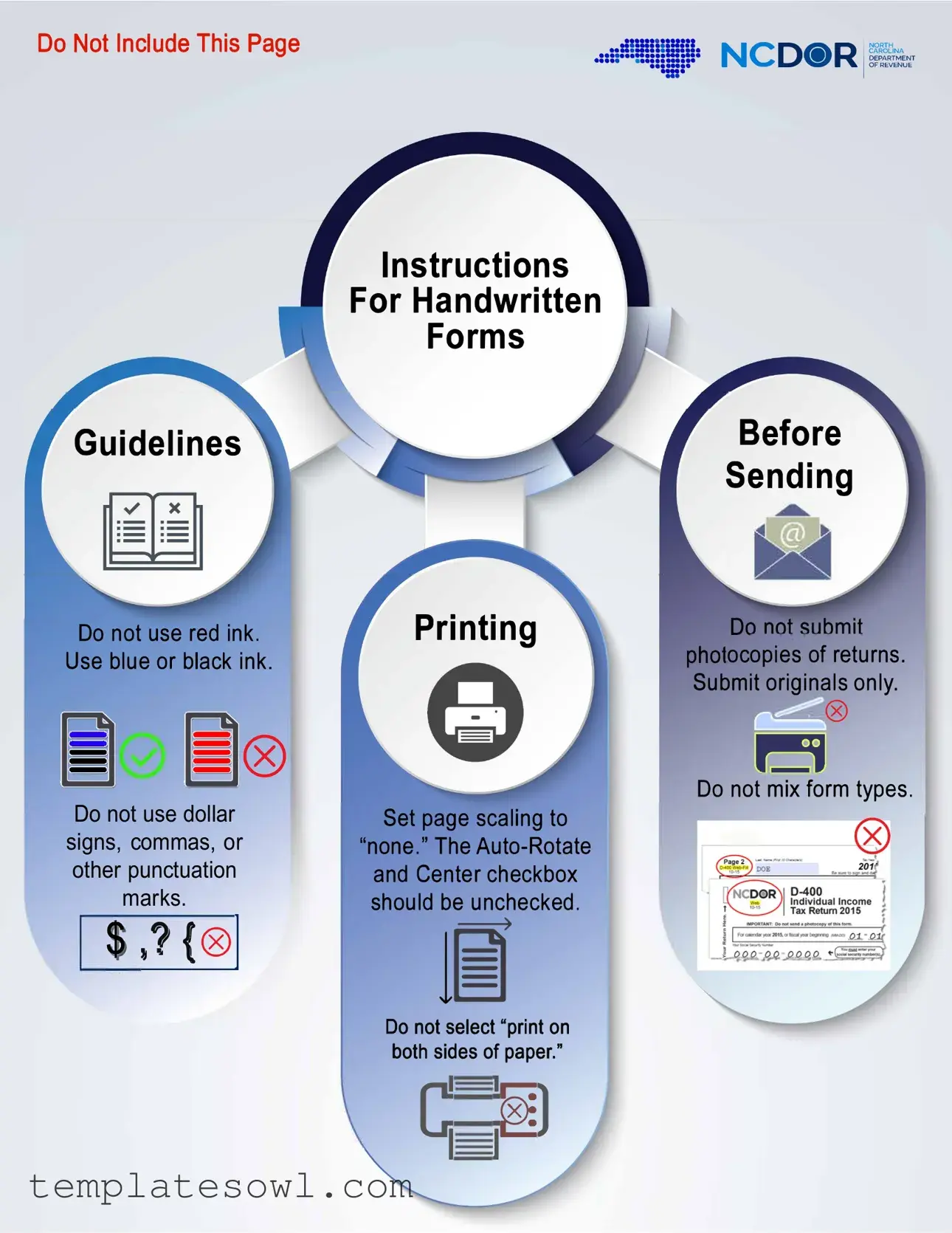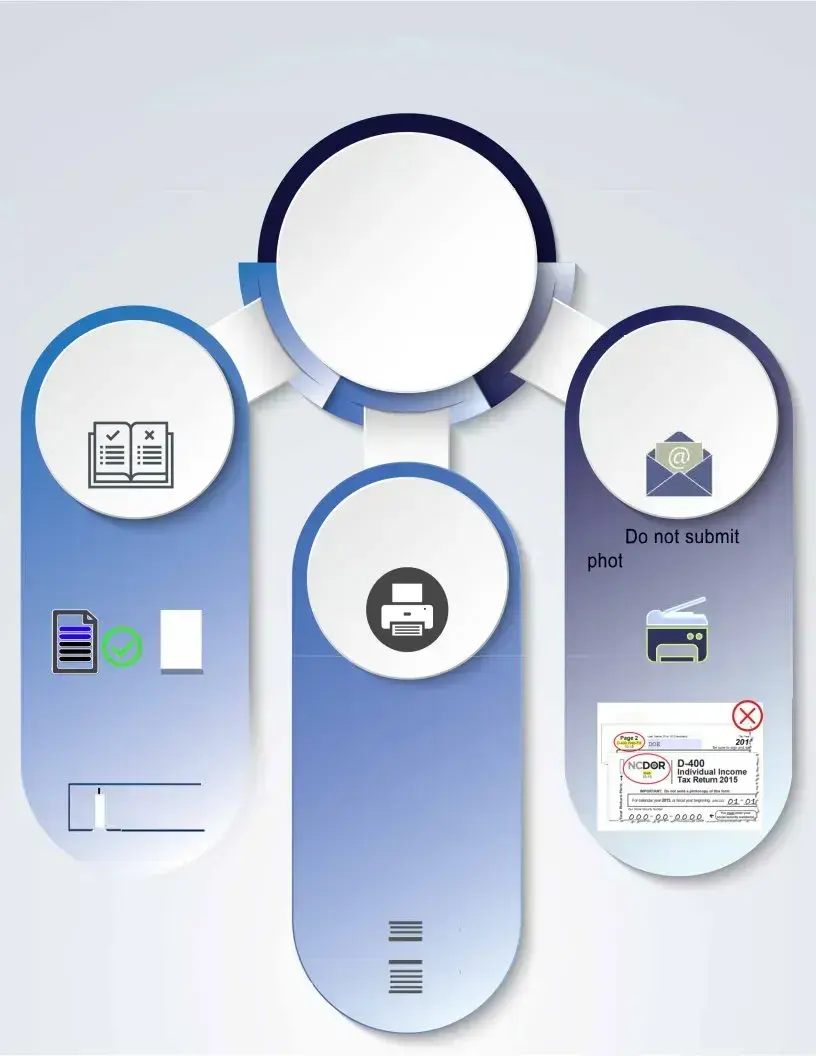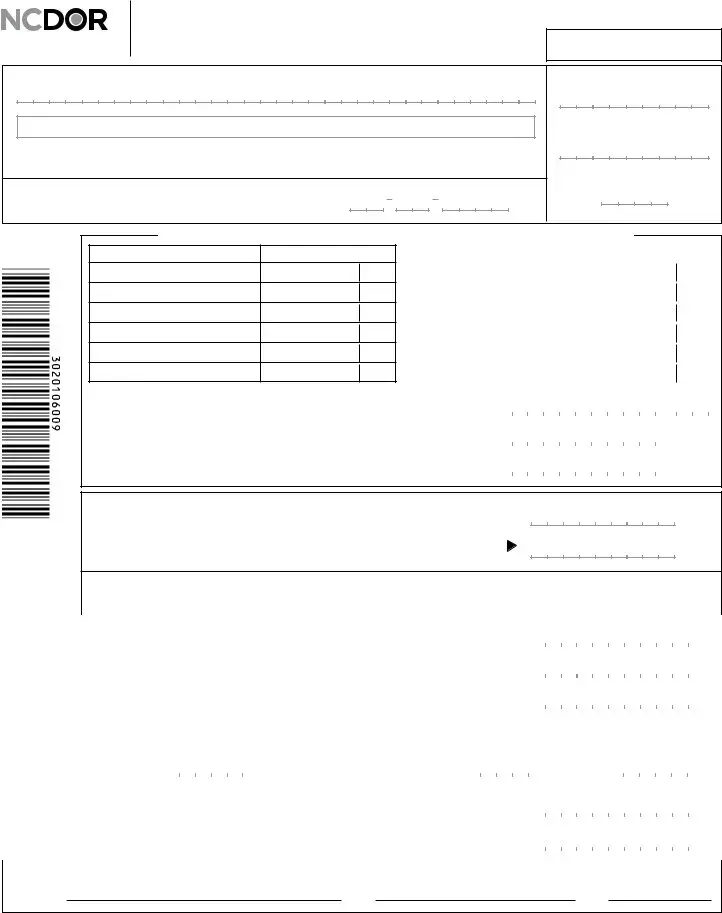What is the NC-3 form?
The NC-3 form is the Annual Withholding Reconciliation form used by employers in North Carolina. It summarizes the total amount of taxes withheld from employees' wages throughout the year and reconciles it with the amounts reported on W-2 and 1099 statements. This form must be submitted to the North Carolina Department of Revenue to ensure compliance with state tax laws.
Who needs to file the NC-3 form?
Any business or organization that has withheld state income tax from employees’ wages during the calendar year is required to file the NC-3 form. This includes both for-profit businesses and non-profit organizations. Even if a business closes or stops paying wages within the year, the NC-3 form must still be submitted for the closing period.
When is the NC-3 form due?
The NC-3 form is due by January 31 of the year following the tax year for which you are filing. Timely submission is crucial to avoid penalties. If January 31 falls on a weekend or holiday, the due date shifts to the next business day.
How do I correctly fill out the NC-3 form?
To fill out the NC-3 form accurately, use blue or black ink and avoid using red ink or any punctuation marks. Clearly print your legal name and address in capital letters. Enter the total tax amounts withheld for each month, and ensure that the totals reported on the form match those on the W-2 and 1099 statements. Follow the provided guidelines closely for formatting.
What happens if I do not file the NC-3 form?
Failure to file the NC-3 form by the due date may result in penalties imposed by the North Carolina Department of Revenue. Penalties can include fines and interest on any unpaid tax amounts. It is important to file on time or request an extension, if possible.
Can I file the NC-3 form electronically?
Yes, the NC-3 form can be filed electronically through the North Carolina Department of Revenue's website. Electronic filing is required, and a penalty applies for those who do not comply. If you cannot file electronically, you may submit a paper form along with required statements by mail.
What should I do if there is an overpayment reported on the form?
If Line 16 of the NC-3 form indicates an overpayment, subtract Line 17 from Line 16. This overpayment amount should be entered in Line 18. If applicable, you can request a refund for this amount when you complete the form.
What if there is an underpayment reported on the NC-3 form?
In cases where the total tax withheld as reported on Line 16 is less than the total reported on Lines 14 and 15, an underpayment is indicated. The difference should be recorded on Line 19, where you can also include any applicable interest due.
Where do I send the NC-3 form if filing by mail?
If you are mailing the NC-3 form, send it along with any required documents to the North Carolina Department of Revenue, PO Box 25000, Raleigh, North Carolina 27640-0001. Ensure that it is postmarked by the due date to avoid penalties.
Is there assistance available for filling out the NC-3 form?
Yes, the North Carolina Department of Revenue provides resources and guidance for individuals needing help with the NC-3 form. Access their website or contact their office for assistance with any questions or concerns regarding the filing process.


 ®
® ,
, 